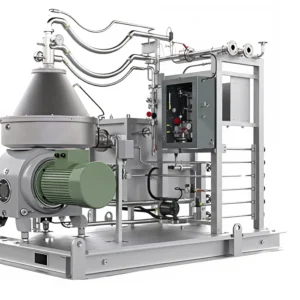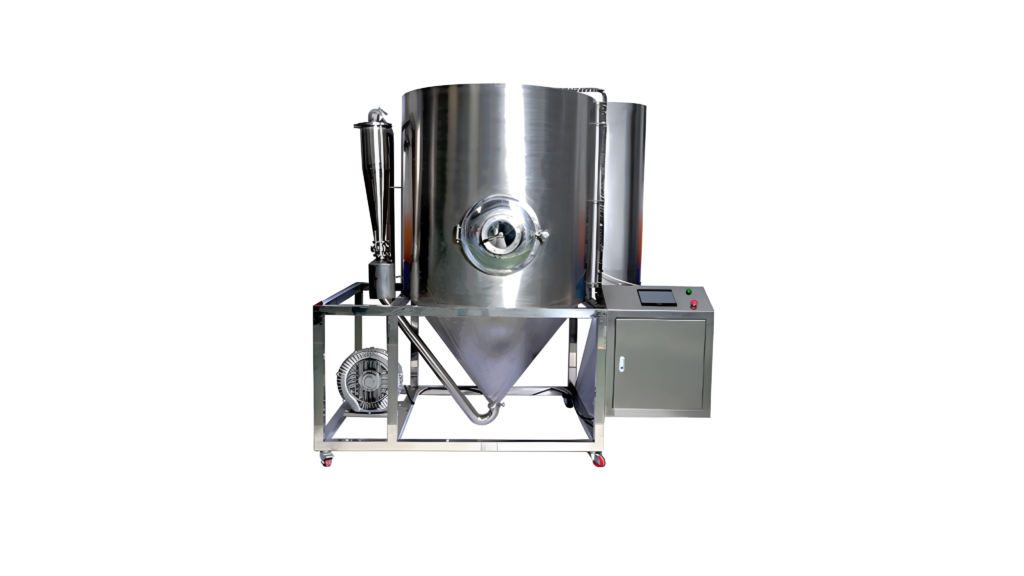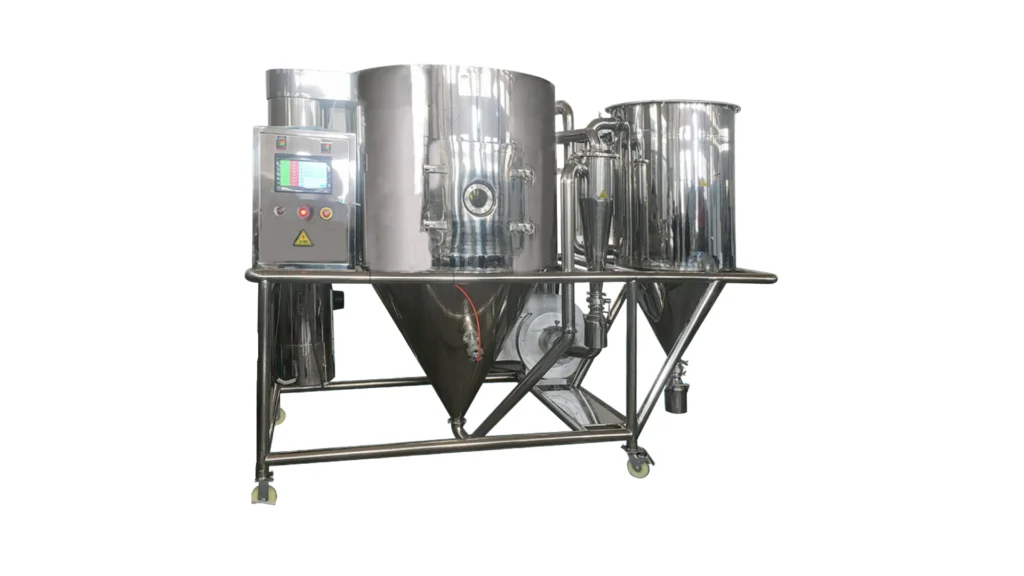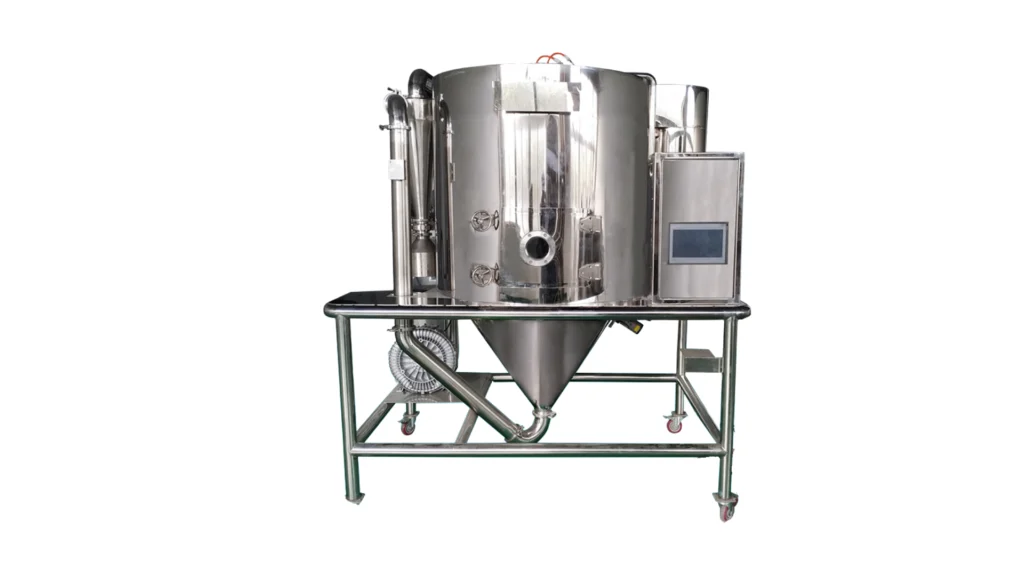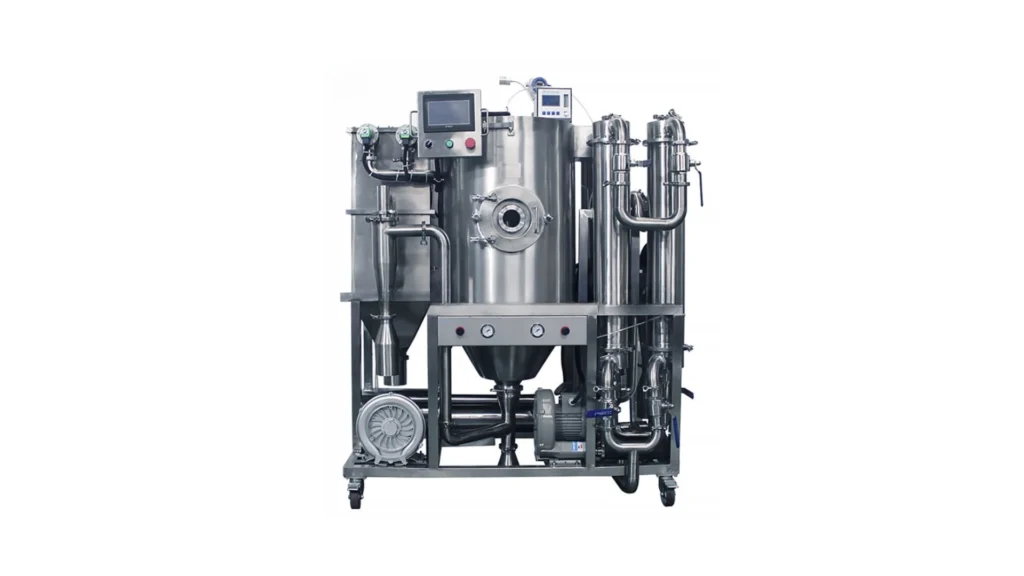
Centrifuge / Centrifugal concentration – Techmi Group
Centrifuge / Centrifugal concentration - Techmi Group
TECHMI CENTRIFUGAL – Centrifugal Concentration
Centrifugal Phase Separation Process in the Fermentation of Biologicals.
At TECHMI GROUP, we implement advanced centrifugal separation technologies to optimize the production of biologics for the agro-industrial sector. This process is essential to isolate the active principle of interest -such as beneficial microorganisms or metabolites- from the unwanted components generated during fermentation, such as cellular residues, culture media and by-products.
Centrifuge – Techmi Group
The Techmi Centrifuge is a highly specialized centrifugal concentration and separation machine, mainly used in the treatment of biotechnological products. Its applications cover several sectors, especially in the agro-industrial and biotechnological sectors, and are key in processes where solid and liquid phases need to be separated after fermentation. Here are some specific applications:
1. Production of agro-industrial biologics
-Separation of beneficial microorganisms (such as bacteria or yeasts) after fermentation.
-Concentration of microbial biomass for biofertilizers or biostimulants.
-Clarification of culture broths for liquid formulations.
Food and beverage industry
-Clarification of fermented juices or extracts (kombucha, kefir, vinegars).
-Separation of yeasts after fermentation in products such as craft beers.
-Production of concentrated functional ingredients.
3. Production of biotechnological inputs
-Obtaining metabolites or active principles generated by microorganisms.
-Separation of enzymes or bioactive compounds present in fermented liquids.
4. Manufacture of natural or bioactive cosmetics
-Separation of cells or solid remains after controlled fermentation of cosmetic ingredients.
-Purification of biofermented ingredients (hyaluronic acid, peptides, etc.).
5. Biorefineries and circular economy
Recovery of by-products with commercial value after fermentation processes.
-Treatment of liquid waste for reuse or recovery.
Products
Related Products
In this category, you will find more products.

